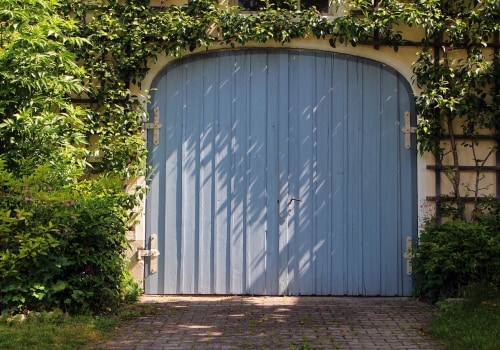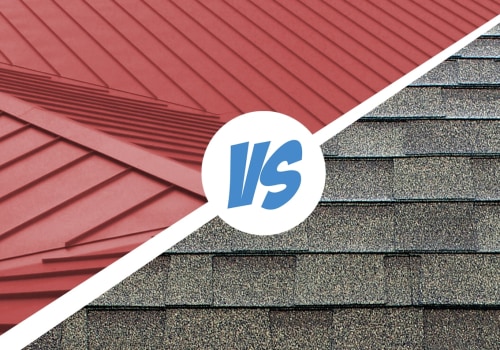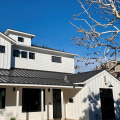When it comes to roof upgrades, many homeowners are opting for metal roofs due to their durability, energy efficiency, and long lifespan. However, a common question arises: should a metal roof be installed directly over existing shingles, or is it better to remove the old roof first? Installing a metal roof over shingles can save time, reduce waste, and lower costs, but it’s essential to understand the factors involved in making this decision. From local building codes to structural considerations, there are pros and cons to both approaches. Here, we’ll explore the advantages, potential issues, and best practices when considering whether to install a metal roof over shingles.
The Benefits of Installing Metal Roofs Over Shingles
One of the main reasons homeowners choose to install a metal roof over shingles is to save on labor and disposal costs. Removing an existing shingle roof is labor-intensive and generates a considerable amount of waste that must be disposed of properly. By installing a metal roof over the existing shingles, you eliminate the need for this extra labor, which can significantly lower the overall project cost. Additionally, for homeowners looking to minimize environmental impact, skipping the tear-off reduces landfill waste, making this a more eco-friendly option.
Another benefit of installing a metal roof over shingles is that it can provide additional insulation and soundproofing. The layer of shingles beneath the metal roof acts as an extra barrier, which can help reduce noise from rain and hail. This added layer can also contribute to insulation, potentially improving the energy efficiency of the home. Metal roofs are known for reflecting heat, which helps keep homes cooler in the summer; combined with the shingle layer, this effect can be even more pronounced, resulting in lower energy bills and increased comfort.
Potential Issues and Considerations
While installing a metal roof over shingles has its advantages, there are also important considerations. One potential drawback is weight. Although metal roofing materials are lightweight compared to other roofing types, adding an additional layer of roofing can increase the load on the roof structure. Homes with older or weaker structures may not be able to support the extra weight without reinforcement. In such cases, it may be necessary to consult a structural engineer or a professional roofing contractor to assess the roof’s ability to bear the added load.
Another concern is moisture. If the existing shingles are damaged or there is inadequate ventilation, moisture can become trapped between the shingle layer and the metal roof, leading to mold, mildew, and eventual wood rot. To address this issue, roofing professionals often install a layer of furring strips or a moisture barrier between the shingles and the metal roof. This additional layer allows for airflow, preventing moisture buildup and extending the roof’s lifespan.
Building Code Requirements
Before deciding to install a metal roof over shingles, it’s crucial to check local building codes. Some municipalities have regulations that restrict the number of layers allowed on a roof. In some areas, it may be against code to install a metal roof over more than one layer of shingles. Additionally, codes may require certain underlayment materials or ventilation requirements to prevent moisture buildup and ensure structural safety. Failing to comply with these codes can lead to fines, denied permits, or complications if you plan to sell the property in the future.
Improved Durability and Lifespan
A significant benefit of metal roofing is its durability and long lifespan. Metal roofs can last 40 to 70 years, depending on the material, which often exceeds the life of traditional asphalt shingles. Installing a metal roof over shingles, when done correctly, does not compromise the metal roof’s lifespan. In fact, by keeping the shingle layer intact, you’re providing additional protection for the metal roof against impacts, such as hail or falling debris. For homeowners looking for a long-term roofing solution, metal roofs offer a reliable option that requires minimal maintenance and can withstand severe weather conditions.
Energy Efficiency and Sustainability
Metal roofs are highly reflective, meaning they help deflect sunlight and reduce heat absorption in the home. This reflective quality can lead to significant energy savings, particularly in warm climates where air conditioning is frequently used. Additionally, metal roofs are often made from recycled materials and are fully recyclable at the end of their lifespan, making them an environmentally sustainable option. By installing a metal roof over shingles, you’re enhancing energy efficiency without the added waste of removing the old roof.
Professional Installation and Expertise
Installing a metal roof over shingles requires expertise to ensure proper installation, ventilation, and adherence to building codes. Choosing an experienced roofing contractor can make a significant difference in the quality of the installation. Professionals will be able to assess the condition of the existing shingles, identify any potential issues, and add the necessary ventilation or furring strips to prevent future problems. J&J Roofing & Construction, a company known for its expertise in roofing projects, often advises clients on whether to install metal roofs over shingles based on a thorough inspection of the existing roof and structure. Their experience ensures that the installation is done safely and effectively, maximizing the benefits of a metal roof.
Conclusion: Is Installing Metal Over Shingles Right for You?
Ultimately, whether to install a metal roof over shingles depends on factors like local building codes, the condition of the existing roof, and structural considerations. While this approach can reduce costs, improve insulation, and add soundproofing, it’s essential to address potential issues related to moisture and weight. For those who want a durable, energy-efficient roofing option with minimal environmental impact, a metal roof over shingles can be a practical choice when installed correctly. Consulting a qualified roofing contractor can help you determine the best approach for your home, ensuring a safe and long-lasting solution.







